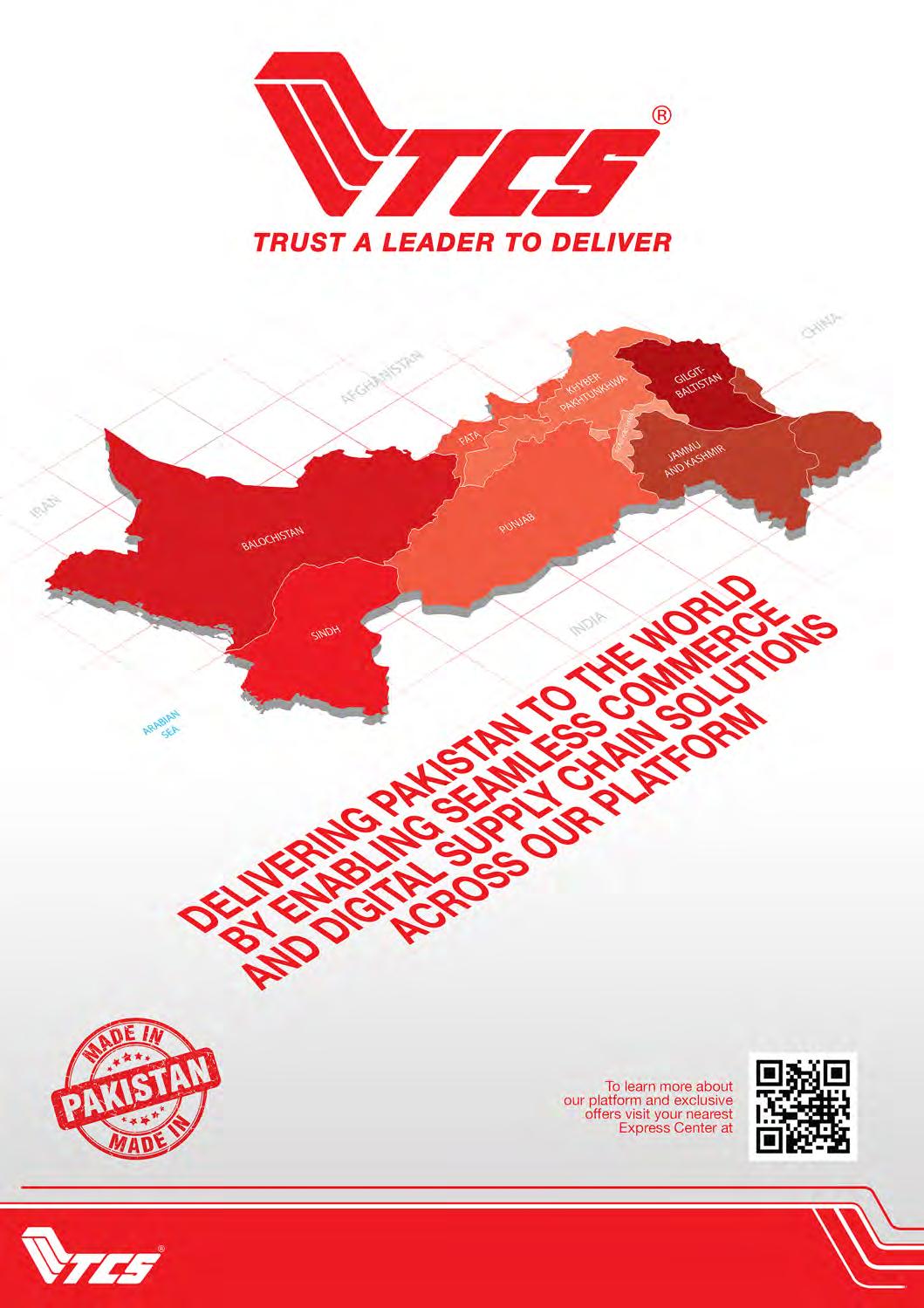
6 minute read
Strong Rupee! Grape
If the government wants the rupee to be treated like a mature currency, then it should stop treating it like a spoiled child
By Ariba Shahid
Advertisement
Mature currencies don’t need babying. And despite the posturing by the government of Pakistan and its central bank that the rupee is stronger than it seems and can hold its own, it seems we are once again in a situation where the SBP is playing protective parent to the rupee. And why wouldn’t they? This entire year has seen the rupee being bullied on the international markets and despite a brief recovery during the time that talks with the IMF were going well, the Pakistani rupee has been swaying and swinging all over the place punch-drunk from the many beatings it has taken in recent days. The news that the State Bank of Pakistan is now putting limits on how much cash in foreign currency can be carried for international travel indicates exactly this. The SBP’s announcement did not just put a simple limit but even specified that adults (people over the age of 18) were allowed to carry $5000 while children were allowed to carry $2500 per visit. If you usually make multiple trips abroad in a year, you are allowed to carry $30,000 in total as an adult and $15,000 in total as a child under 18 throughout the year.
Far from being the sign of a stable currency, the tactic points towards a certain desperation to keep dollars within the country and really sheds light on all claims that the rupee is on the road to recovery. It is also important to note that traveling with children is expensive and sometimes requires more money than adults themselves.
The SBP did not stop with just cash. After observing some fishy activities on credit and debit card transactions, the SBP imposed limits on those also. The State Bank noted that transactions done through cards do not align with the individuals’ profiles.
For example, many people spend more on their credit cards than they earn in a month or a year, so the question of paying off the bill raises suspicions. Therefore, users of debit and credit cards need to ensure they are mindful of the $30,000 cap that is prescribed for a year. “It shall be the responsibility of a customer to ensure that his/her annual limit is not breached at any time. However, banks are required to monitor these limits on a consolidated basis for each individual,” said the circular.
Fake it till you make it
You’ve probably heard the phrase fake it till you make it. That’s what has been happening for the Pakistani Rupee under Ishaq Dar’s reign over
Q-block. Despite significant import pressures, dwindling reserves, and the need for reserve support, Dar insists the rupee should not be priced higher than Rs 200 for a dollar.
He has even criticised his predecessor and party comrade Miftah Ismail for letting the rupee fall to market forces. After all, you really gotta brush the dirt under the carpet and put your best foot forward in front of the world. But of course, intervening in the free market isn’t the most ideal thing to do. That’s economics 101. And that’s where State Bank’s impositions come to save the day — or so they seem hopeful of.
“This is a far better barometer of the country’s ability to meet external liabilities than Finance Minister Ishaq Dar’s public pronouncements, which have more in common with the chants of a magician than with the basic principles of Economics,” says Ali Hasanain, Associate Professor of Economics at LUMS.
“While the finance czar continues to insist he has the dollars, and that the rupee will strengthen, the central bank has moved to restrict the outflow of dollars through airports. Actions speak louder than words, and the central bank’s actions suggest that all is not well,” says Uzair Younus, Director of the Pakistan Initiative at the Atlantic Council.
Echoing a similar sentiment, macroeconomist Ammar Habib says, “Your currency value is much lower than what you pretend it is when you have to restrict how much foreign currency minors can carry.”
Deputy Executive Director of SDPI, Dr. Sajid Amin Javed says that in his opinion, the curbing of currency outflows is meant to achieve a twofold purpose. “On one hand, it acts like administrative measures to curb imports. On the other hand, it saves outflow of dollars helping ease pressure on PKR.”
Amin however adds that he does not think this limit will be long-term. He says, “I think this is temporary and SBP may ease out gradually, particularly once the import curb purpose is achieved.” This is a far better barometer of the country’s ability to meet external liabilities than Finance Minister Ishaq Dar’s public pronouncements, which have more in common with the chants of a magician than with the basic principles of Economics

Ali Hasanain, professor at LUMS
ÜWhat about the gains?
You’re probably wondering what the rupee has been gaining despite being weak enough to need controls. The Pakistani rupee has been gaining the greenback. Today it appreciated 0.1% or 22 paisas and closed at Rs 221.42. This is the fourth consecutive day of gain for the Pakistani Rupee. Today it is backed by the SBP which announced an inflow of $500 million from the Asian Infrastructure Investment Bank (AIIB).
Over here it is important to point out that Letters of Credit (LCs) are still not processed at the same pace they were being processed before Pakistan was hit with a severe financial crisis in 2022. LCs are essentially an economic guarantee from a creditworthy bank to an exporter of goods to incentivize international trade. However, to bring back confidence the SBP has recently increased the threshold of LCs from the present $50,000 to $100,000.
Last week, Finance Minister Ishaq Dar said that there were about 8,000 pending payments of LCs, out of which 4,400 cases of up to $50,000 had been cleared. Following the increase of the threshold, 1,365 more cases are expected to clear up.
Ammar Habib, macroeconomist

So what’s the situation really like for the Pakistani Rupee?
This arbitrary curb on imports further keeps the rupee away from pressure; and while the government and SBP are claiming at cutting back on the curb one step at a time, the fact remains that this is just a backlog. Every month more LCs are added to the list and processing delays will still be happening. With the SBP reserves currently at $8 billion and an import cover of roughly 1.16 months, the currency is not as strong as Finance Minister Dar claims or hopes it to be. Macroeconomist Ammar Habib adds, “When the demand of something is suppressed, its price also gets suppressed and that suppression is coming through controls on import payments, resulting in PKR appreciation in the inter-bank market. However, it’s a different story in the open market, where one can’t even buy even a nominal amount.” Hasanain adds, “The Pakistani Rupee appreciates when the demand for our currency exceeds supply.” He questions whether Pakistan finally turned around our industries and started exporting more. Is there an uptick in incoming foreign investments? Or is there reason to believe that the economy will soon stabilise and take a relatively keel again? “Minor shifts due to variations in the volume of transactions in a given week or month are expected. I see no reasonable observer answering these questions in the affirmative. The one scenario in which the Pakistani Rupee might appreciate in the foreseeable future is if we successfully secure another round of loans. However, when your currency has lost three-quarters of its value in the past fifteen years, it is hard to see a reason to be optimistic over a medium-term time horizon in the absence of the fundamental reforms Pakistan desperately needs,” he says. n









